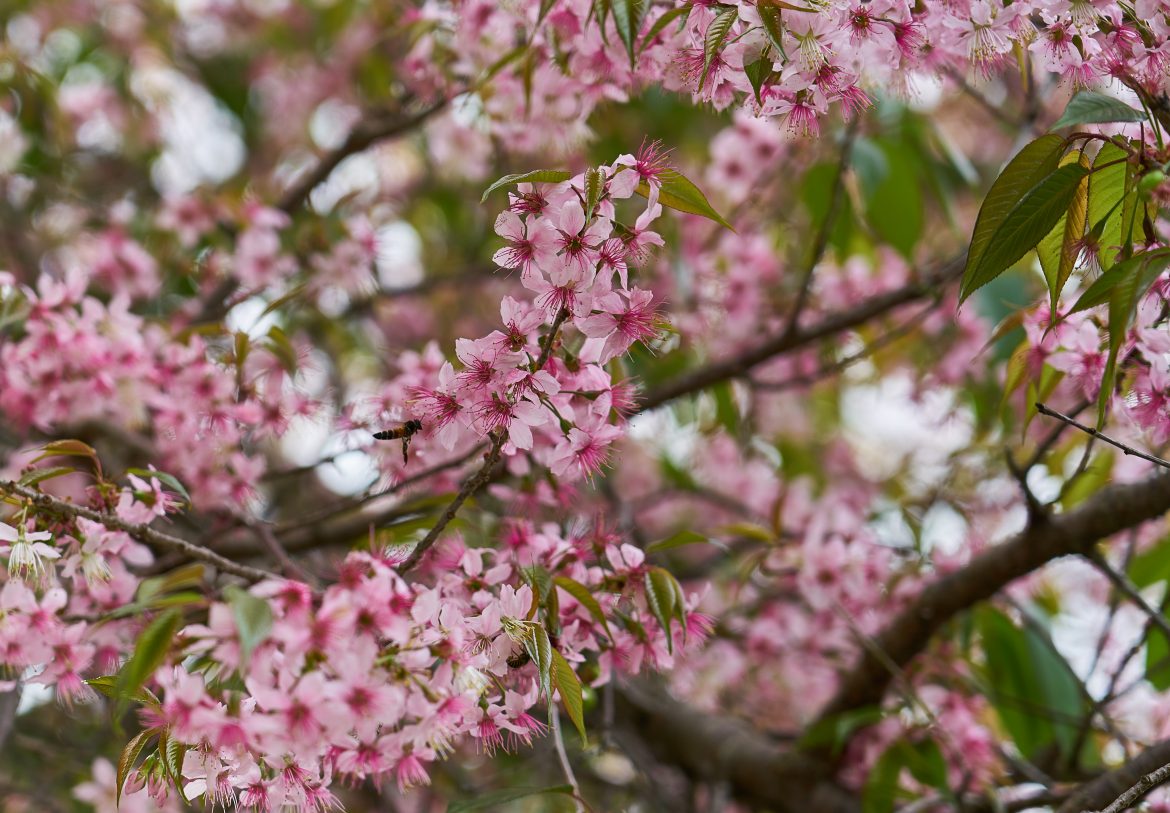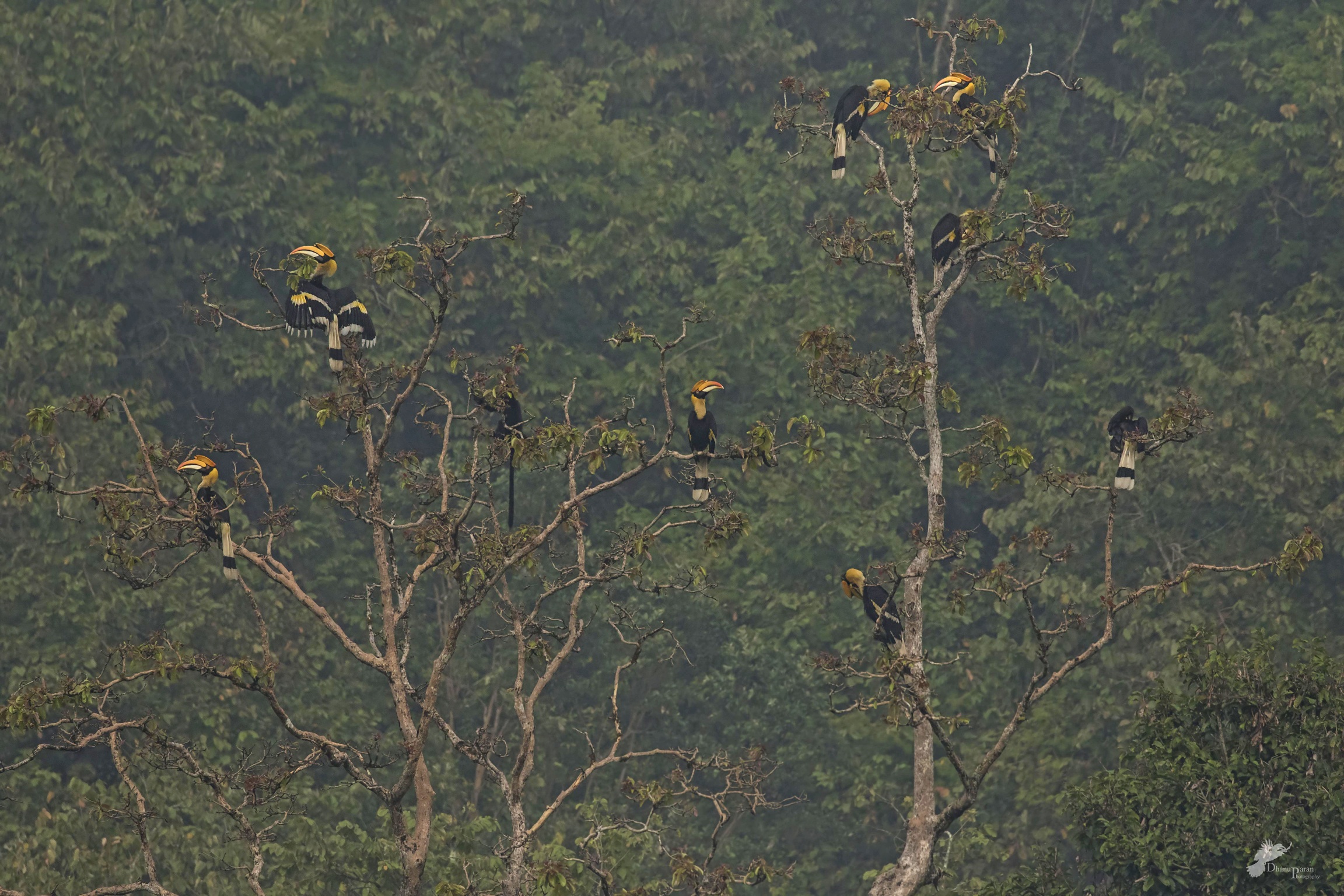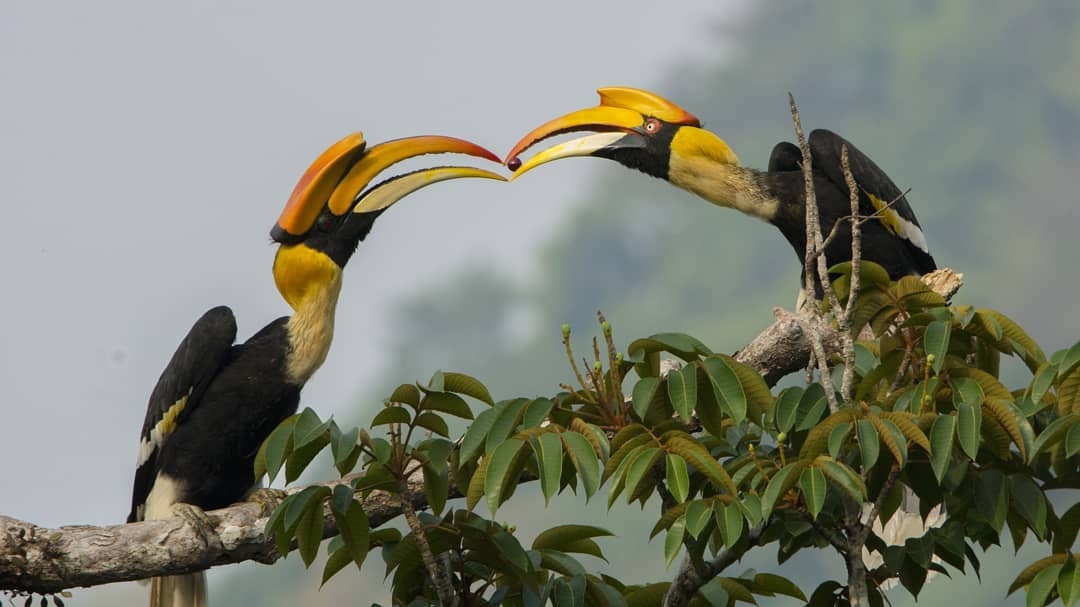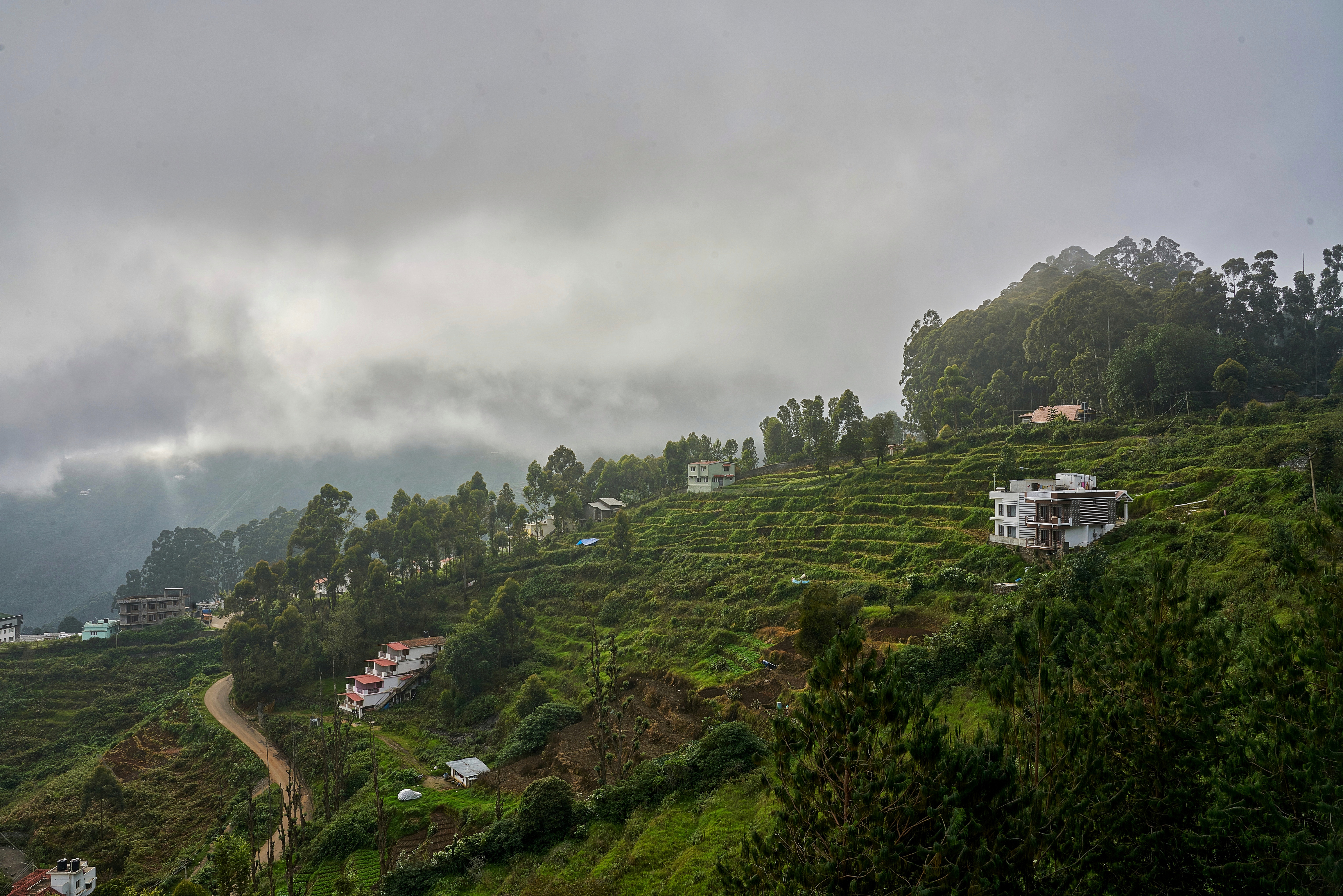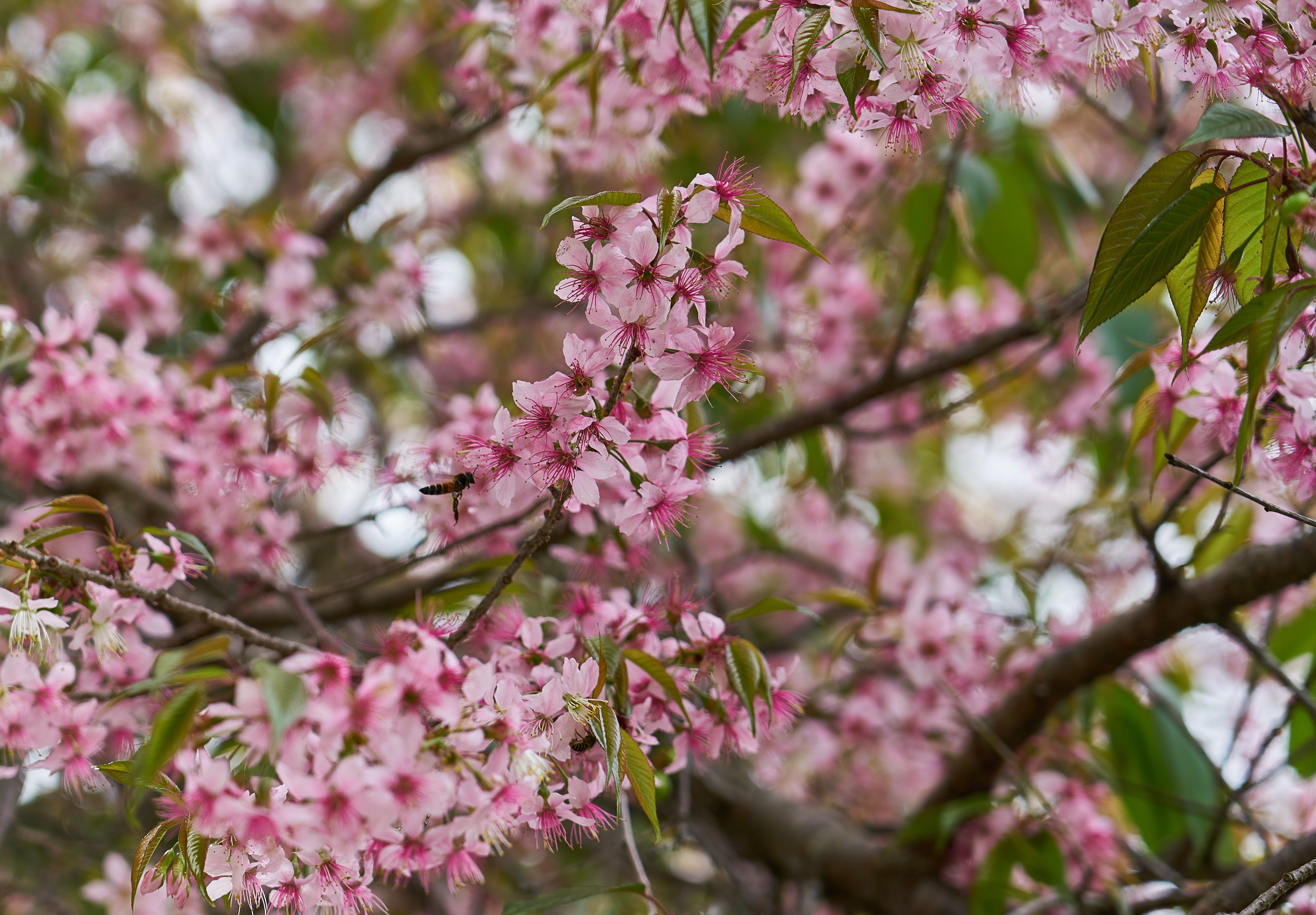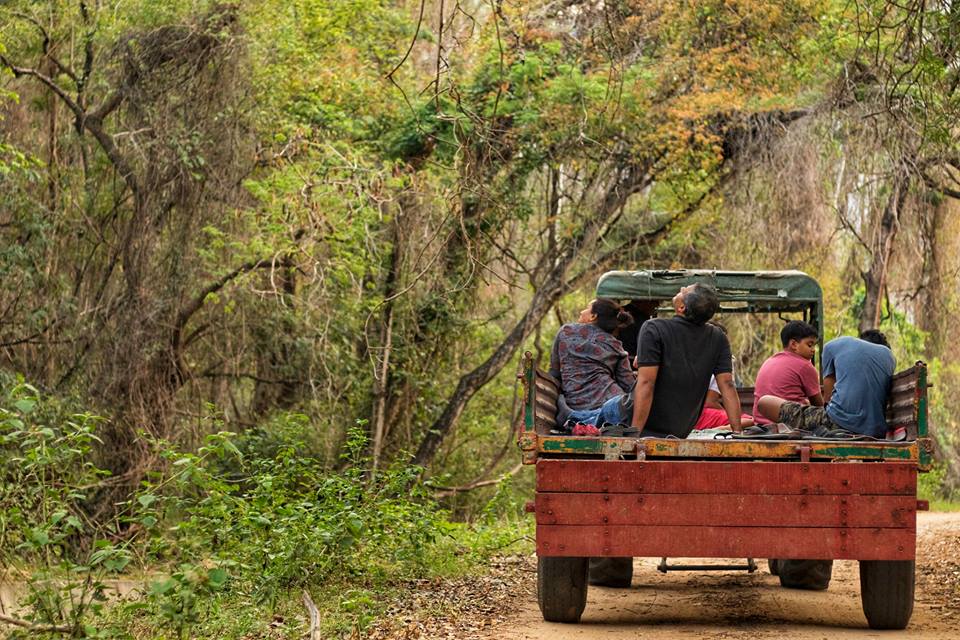Every year at the end of August, a certain non-descript tree puts on a stunning show for the passers-by in the hills of Nilgiris. The Tree is covered with pale pink blossoms (known as sakura in Japanese where it is a native species) and immediately reminds one of the iconic Cherry blossom trees in Japan and Washington DC.
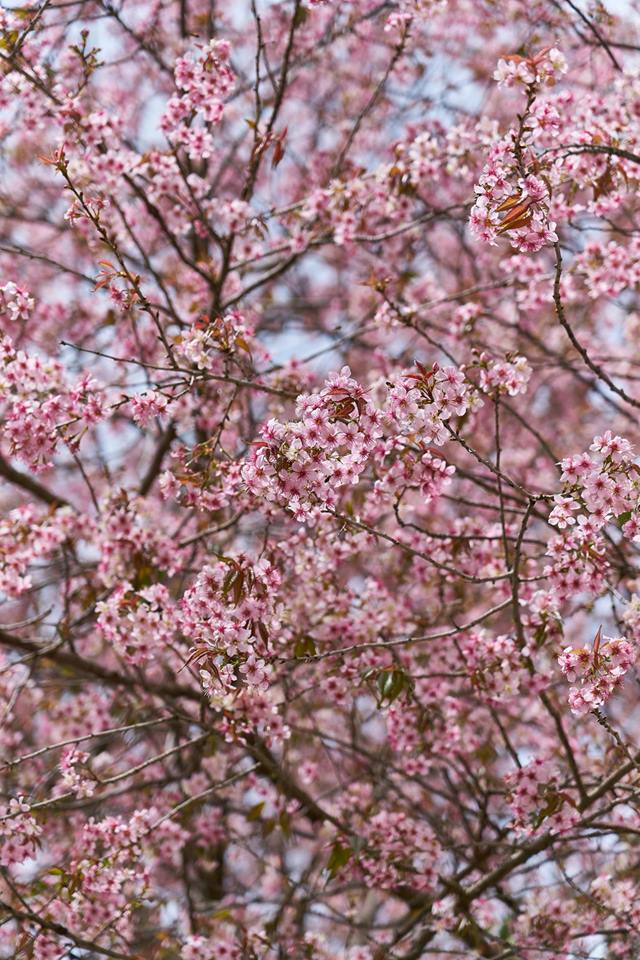
These are the Wild Himalayan Cherry trees that have found their way to the south with the help of enthusiastic gardeners and horticulturalists. “The British introduced this tree in the Sim’s Park in Coonoor over a century ago”, says Mr. Noor Mohammed, a retired Horticultural officer who held the position of Manager at Sim’s park, not that long ago.
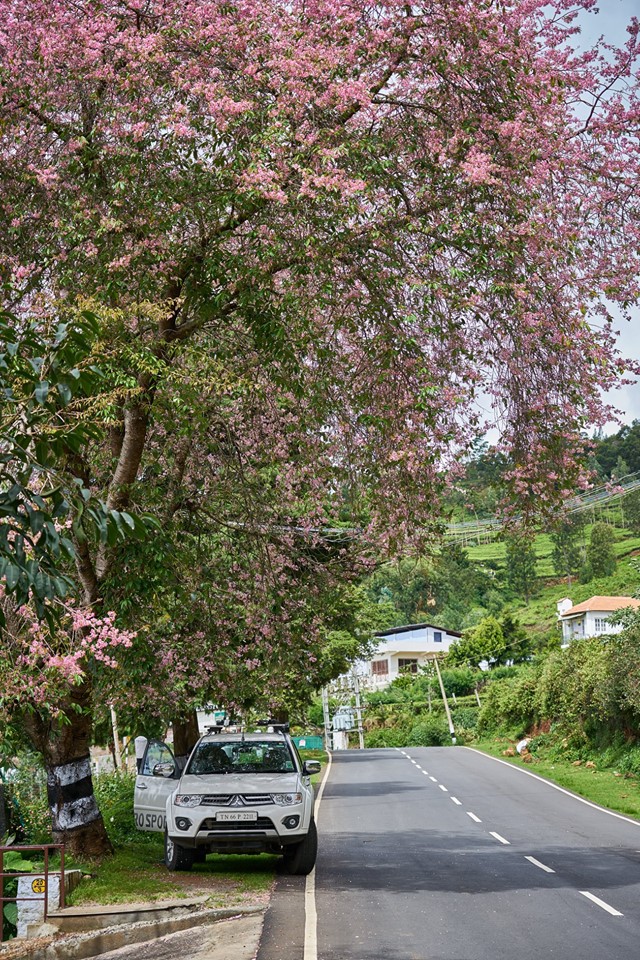
In addition to Sim’s Park, these trees can be seen on the highway from Kotagiri to Udhagamandalam. And a handful of scattered trees around the towns of Coonoor, Kotagiri, and Udhagamandalam can also be noticed especially when in bloom. A few trees can be found in the Emerald area of the Nilgiris too. When they are not in bloom, they are rather ordinary and will blend in with the surroundings. The Palani hills also have a few specimens and they can be seen around the lake in Kodaikanal and in the golf course.
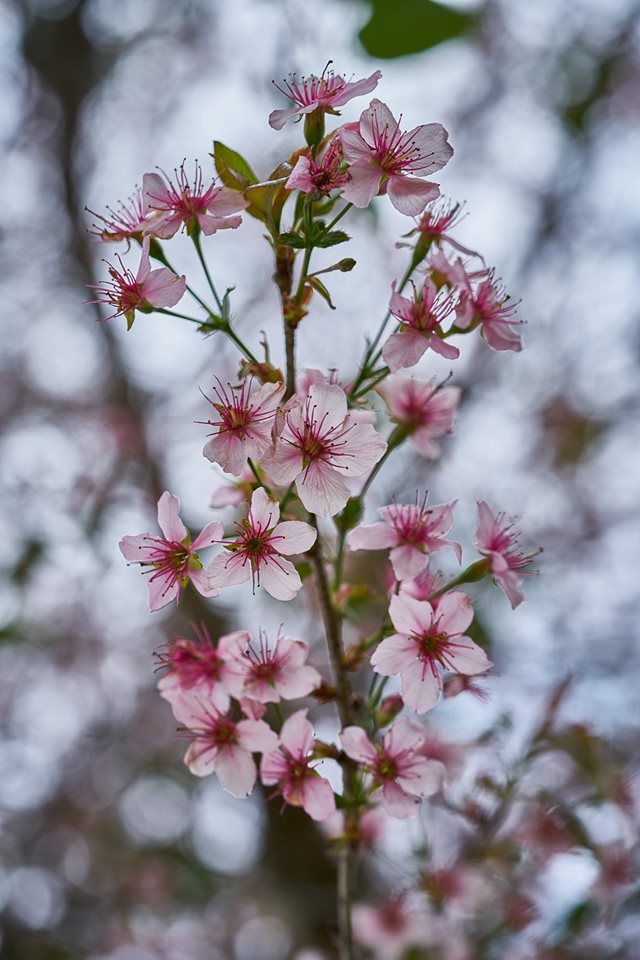
The Wild Himalayan Cherry (Prunus Puddum) grows in altitudes over 1200 meters in elevation. It is a deciduous Cherry tree from the Himalayan region. The bark of these trees have circular rings around them and they have a certain shine to them too. They start flowering at the onset of autumn in the South and a little later in the north.
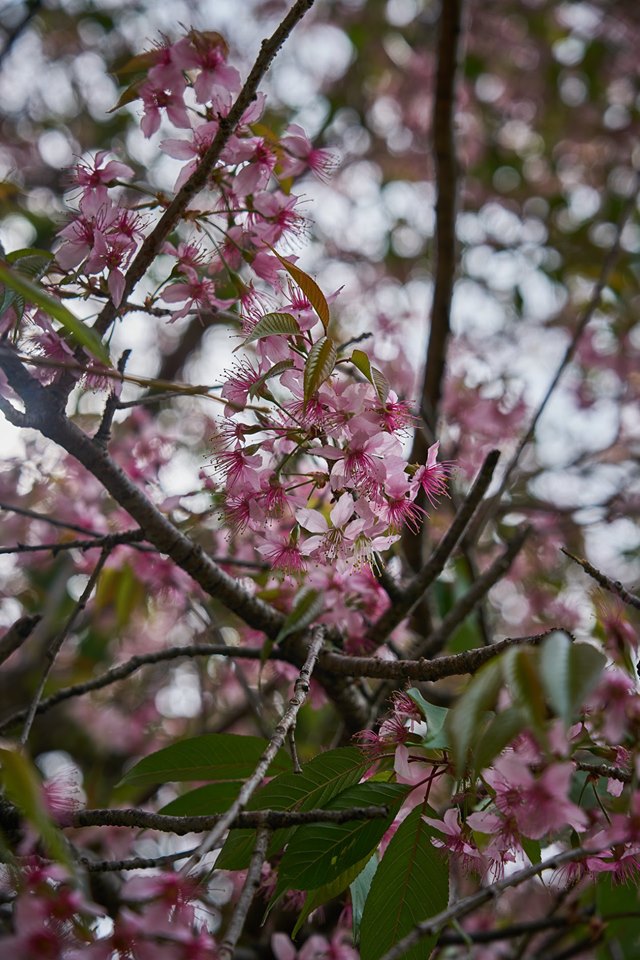
The Cherry blossom festival in Shillong, India occurs in mid-November every year, while these trees can be seen in full bloom towards the end of August and beginning of September in the south. The Wild Himalayan Cherry has the unique nature of flowering in the autumn while the cherry blossom trees in Japan and the US flower in springtime.
“The significance of the cherry blossom tree in Japanese culture goes back hundreds of years. In their country, the cherry blossom represents the fragility and the beauty of life. It’s a reminder that life is almost overwhelmingly beautiful but that it is also tragically short.” ~ Homaro Cantu
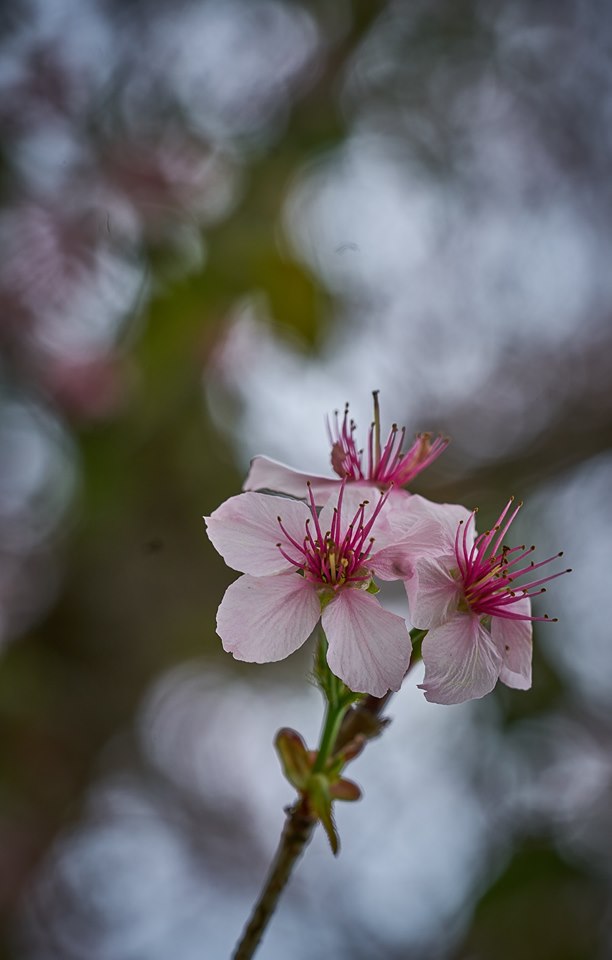
When in bloom, the Wild Himalayan Cherry tree is a remarkable sight! These trees play host to hordes of bees and birds that throng them in a frenzy. Indian White-eyes and Red-whiskered Bulbuls are a common sight on these trees while in bloom. Once the petals turn a pale pink and whither, the fruits set in. Although they are suitable for human consumption the birds get to them quicker, leaving nothing for the rest.
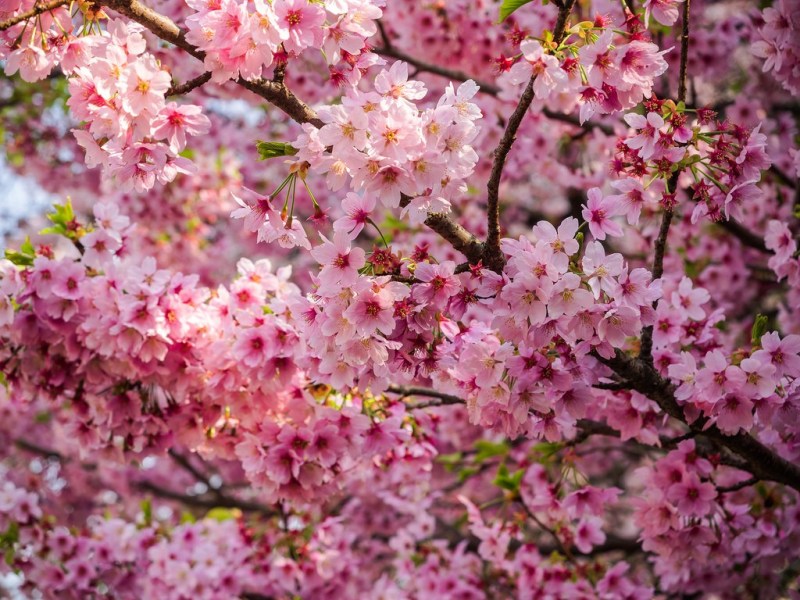
The cherry blossom season here in the Nilgiri Hills typically happens during August-September. The season is very short and lasts only for around 2 weeks conveying a significant reminder of the impermanence of everything beautiful. So, make the best of it while it still lasts. A tree full of gorgeous, pink blossoms swaying in the gentle mountain breeze is truly a precious sight to behold.

